Masamitsu Yoshioka, Last Surviving Pearl Harbor Bombardier, Dead at 106
The last surviving Japanese bombardier who attacked Pearl Harbor on December 7, 1941, has passed away. Masamitsu Yoshioka, whose death was announced on Japanese social media on August 28, 2024, died at 106, leaving a legacy that saw his involvement in the event that thrust the United States into the Second World War.
Yoshioka’s passing was announced by Japanese journalist and author Takashi Hayasaki, who wrote, “When I met him last year, he spoke many valuable words with a dignified presence. Have Japanese people forgotten something important since the end of the war? What is war? What is peace? What is life? Rest in peace.”
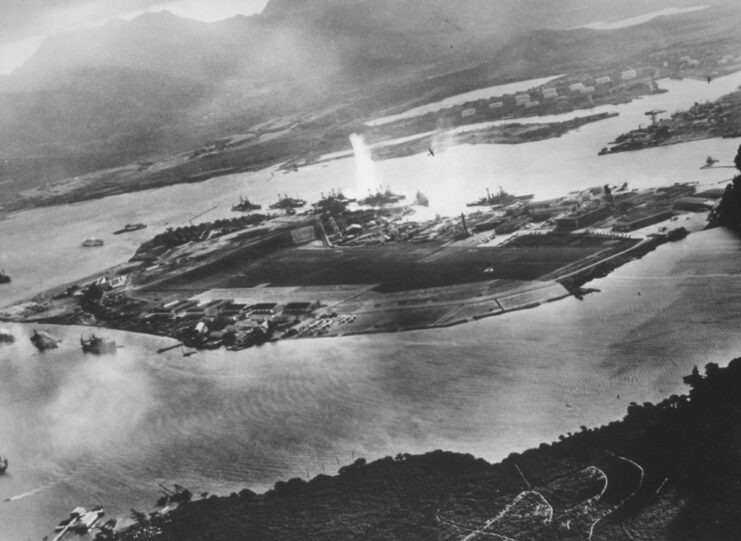
Prior to World War II, Masamitsu Yoshioka was tasked with maintaining biplanes operated by the Imperial Japanese Navy (IJN). When the nation launched the Second Sino-Japanese War, he found himself wanting to take to the skies and thus began navigator training.
Before long, he’d been assigned to the Japanese aircraft carrier Sōryū.
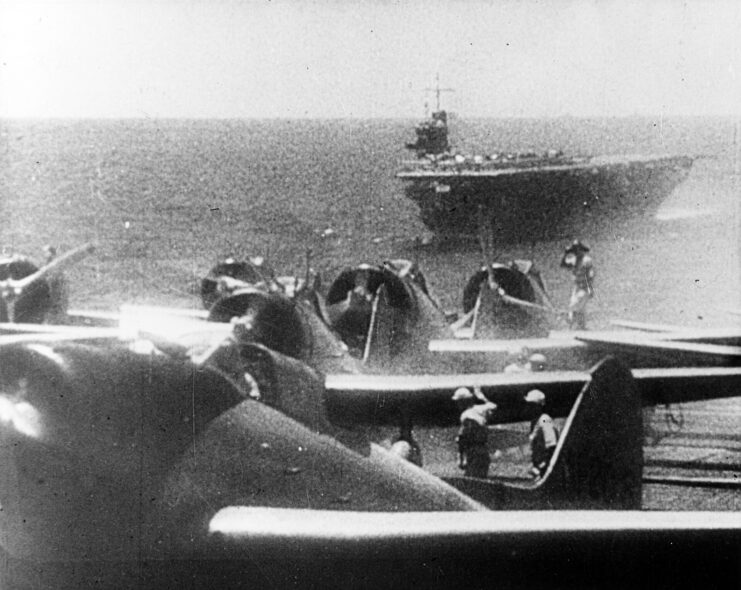
Masamitsu Yoshioka was just 23 years old when he took off from Sōryū in a Nakajima B5N2 “Kate” for Pearl Harbor. Armed with a single 800-kg torpedo, he, the pilot and the rear gunner flew the torpedo bomber 250 nautical miles to Ford Island, where they and their comrades launched the infamous surprise attack.
Speaking to Japan Forward in 2023, the former navigator and bombardier recalled that, in the lead up to the assault, they’d been given only one chance to practice with a real torpedo. What’s more, they hadn’t even been told what they were training for.
“Despite all of our training, we got only one practice run with a real torpedo,” he recalled, adding, “Torpedoes are expensive, so the one we used in training had a warhead filled with water instead of explosives.”
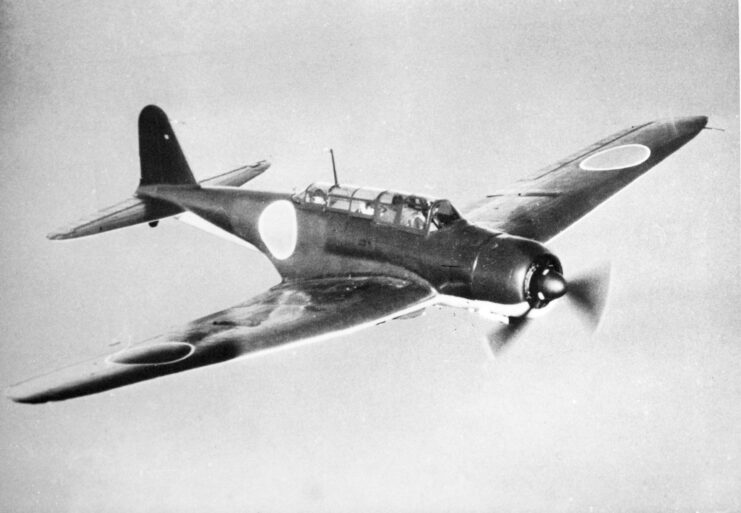
By the time Masamitsu Yoshioka’s B5N2 arrived at Pearl Harbor, thick, black smoke was rising into the air.
“I spotted a battleship,” he told Japan Forward. “There were only two ships that I could clearly see. The pilot flew dead-on to one of them, and when the aircraft was at the speed, distance, angle, and altitude we’d trained for, I released the torpedo.
“As we sped away over the ship, I spotted, out of the corner of my eye, two narrow, white columns of seawater, about two meters in diameter and thirty meters high, exploding up right beside the vessel,” he continued. “Direct hit!”
Yoshioka and his crew, along with another torpedo bomber, had hit the USS Utah (BB-31/AG-16), causing her to sink. Fifty-eight Americans also lost their lives. However, the former battleship wasn’t the intended target, as she had been turned into a training vessel.
In total, 2,390 American service members and civilians lost their lives during the attack on Pearl Harbor. On top of this, 21 US Navy vessels were sunk and 180 warplanes were destroyed. The Japanese lost 29 aircraft and five submarines.
The next day, US President Franklin D. Roosevelt declared war on Japan, thrusting the United States into World War II.
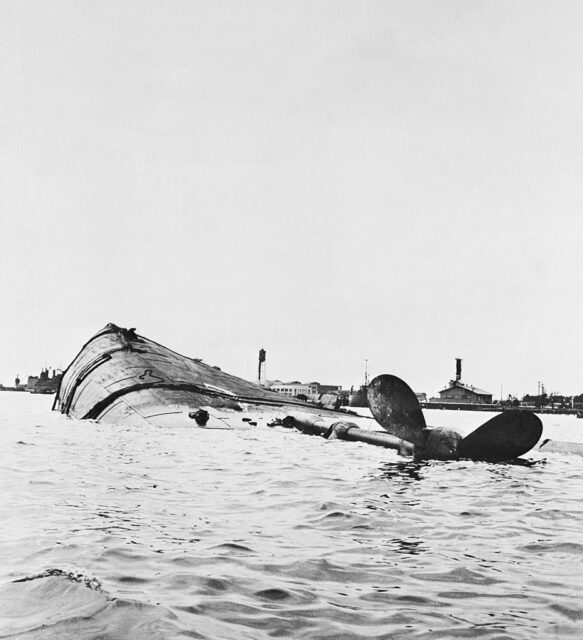
Fast forward to the Battle of Midway, Sōyrū was sunk. Luckily for Masamitsu Yoshioka, he was on leave at the time. By 1944, he was stationed on Peleliu, where he almost became involved in one of the bloodiest battles in US Marine Corps history. However, he’d caught Malaria and been evacuated before the Americans launched their attack.
These were just two instances where the navigator escaped certain death. In another stroke of luck, his aircraft had been grounded by the time the Japanese military began ordering kamikaze strikes, due to a shortage of spare parts.
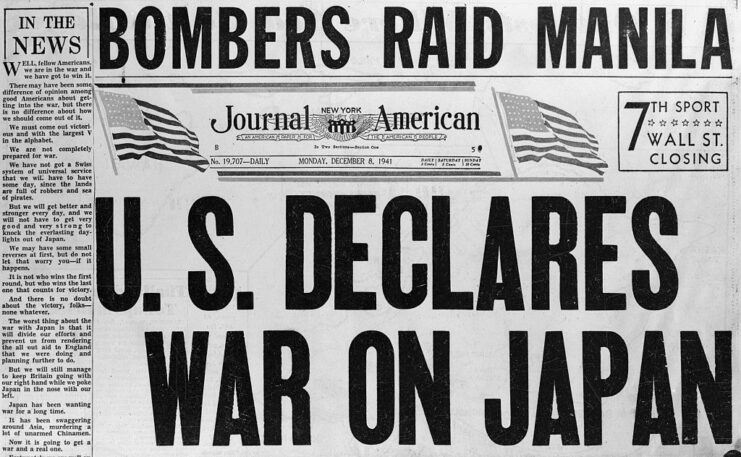
Following the Second World War, Masamitsu Yoshioka worked with both the Maritime Self-Defense Force and a transportation company. He rarely spoke of his wartime experiences, saying he was “ashamed that I’m the only one who survived and lived such a long life.”
When he did finally speak about what he saw during the conflict, he expressed sadness for the Americans who lost their lives at Pearl Harbor, explaining, “Now I think of the men who were on board those ships we torpedoed. I think of the people who died because of me. They were young men, just like we were.”
More from us: World War II-Era Bomb Explodes at Japanese Airport
Want War History Online‘s content sent directly to your inbox? Sign up for our newsletter here!
Yoshioka also shared that he would have liked to have visited Pearl Harbor, saying, “I wouldn’t know what to say. If I could go, I would like to, I would like to visit the graves of the men who died. I would like to pay them my deepest respect.”
The post Masamitsu Yoshioka, Last Surviving Pearl Harbor Bombardier, Dead at 106 appeared first on warhistoryonline.
Masamitsu Yoshioka, Last Surviving Pearl Harbor Bombardier, Dead at 106
Philippines Truth
Post a Comment
0 Comments